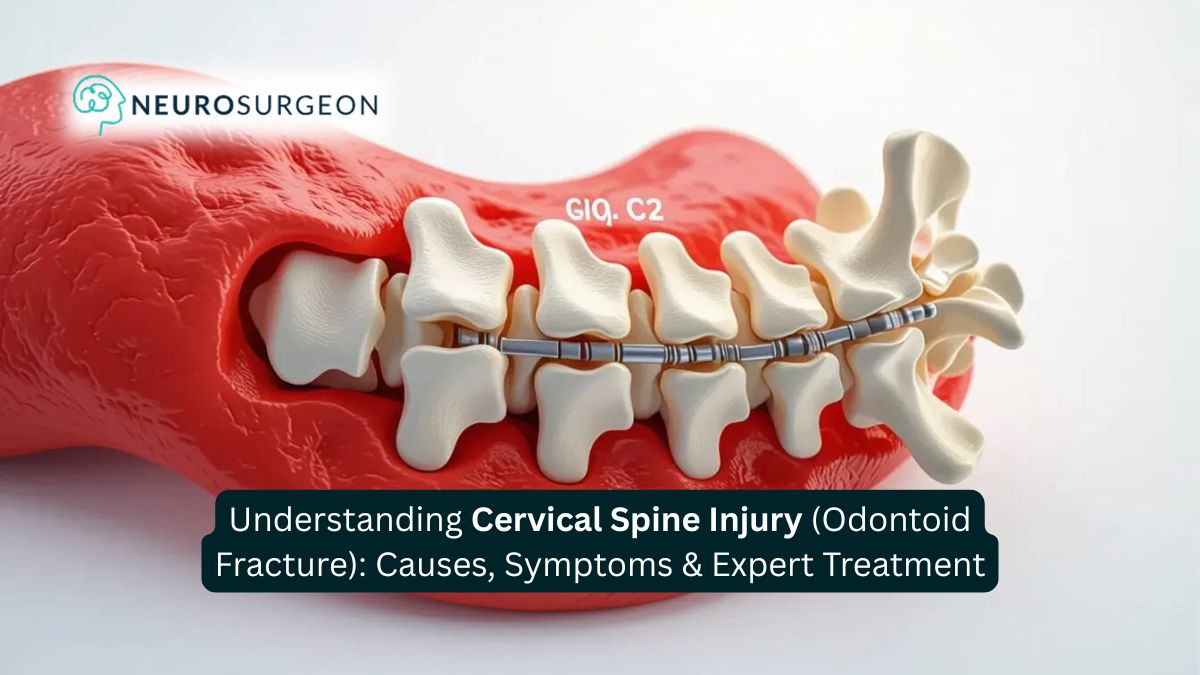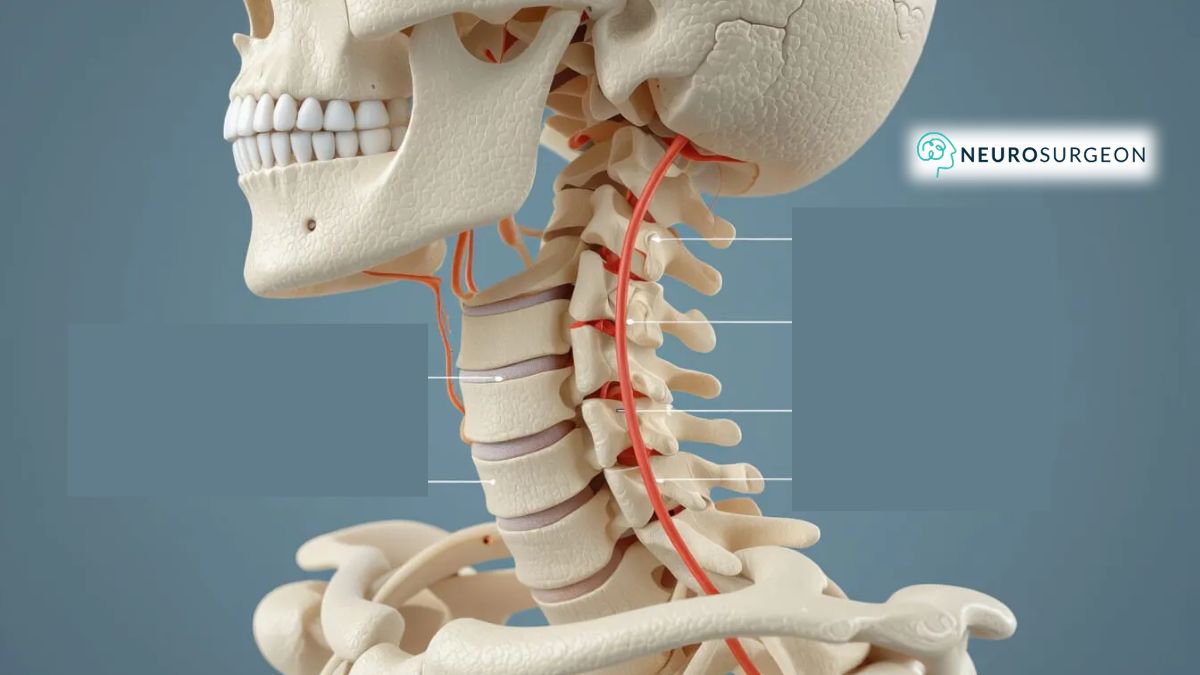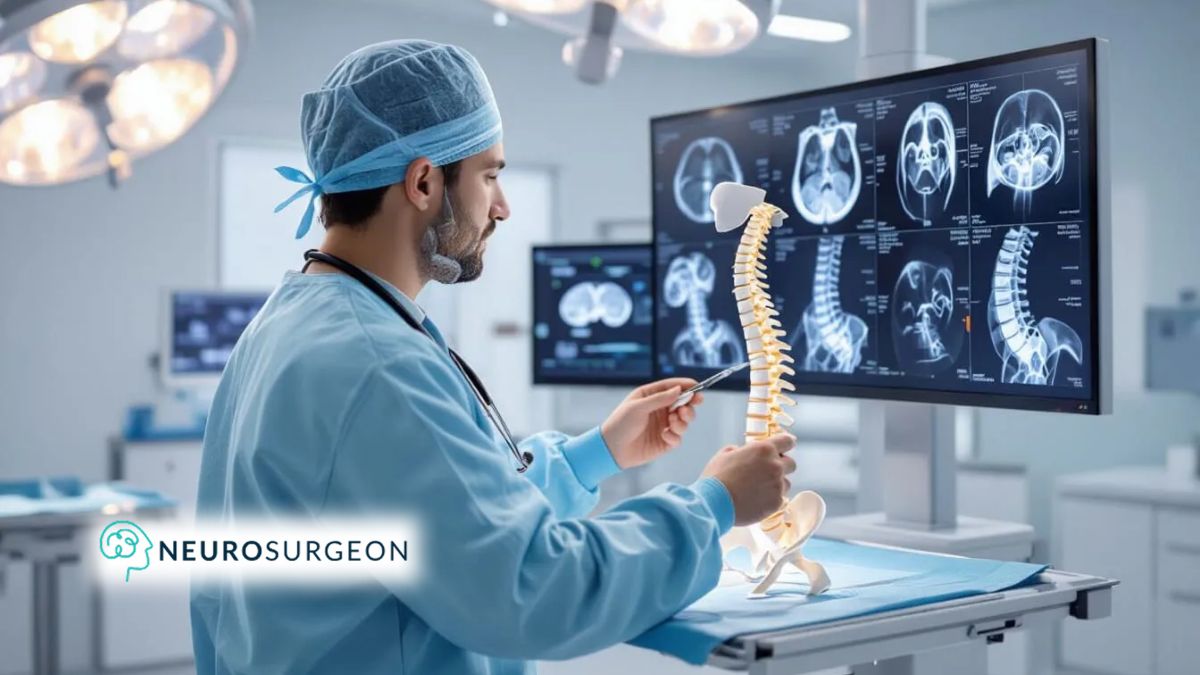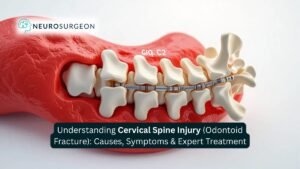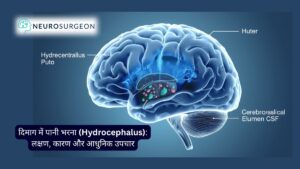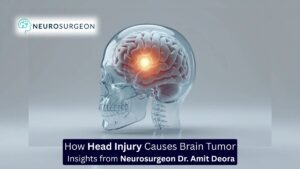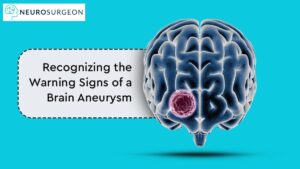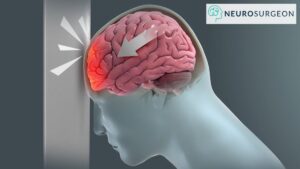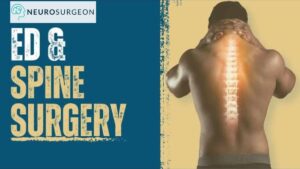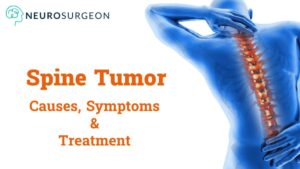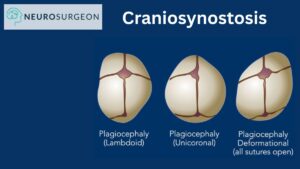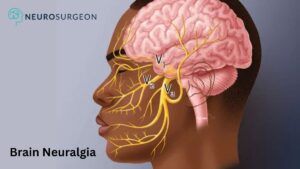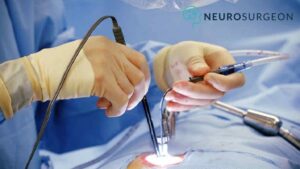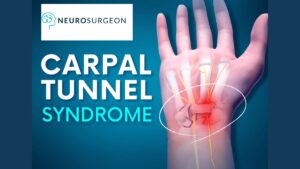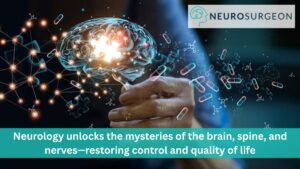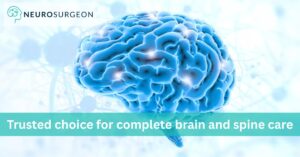Table of Contents
ToggleWhat Is a Cervical Spine Injury (Odontoid Fracture) – Causes, Symptoms & Treatment | Neurosurgeon in Indore
A cervical spine injury is one of the most critical conditions that affects the upper portion of the spinal column — the neck region. This delicate part of the spine supports the head, enables neck movement, and protects the spinal cord. When an injury occurs in this area, it can lead to pain, stiffness, and in severe cases, loss of mobility or neurological complications. Understanding the nature, causes, and treatment options for a cervical spine injury is essential for early diagnosis and effective management.
Understanding Cervical Spine Injury
The cervical spine consists of seven vertebrae, labeled C1 to C7. These bones form the foundation of the neck and provide flexibility and support for the head. A cervical spine injury occurs when one or more of these vertebrae are fractured, dislocated, or damaged due to trauma such as falls, sports injuries, or road accidents. Because the spinal cord runs through this area, any injury here can have serious consequences on body movement and sensation.
Common symptoms of a cervical spine injury include neck pain, stiffness, tingling in the arms or legs, weakness, and limited range of motion. In some cases, the injury might not show immediate symptoms but can worsen over time, making early medical evaluation crucial.
What Is an Odontoid Fracture (Cervical Spine Injury)?
An odontoid fracture is a specific type of cervical spine injury that occurs at the second cervical vertebra, also known as the axis (C2). This bone has a peg-like projection called the odontoid process or dens, which plays a key role in head rotation. When this small structure fractures, it disrupts the stability between the first and second cervical vertebrae (C1 and C2).
This type of cervical spine injury is most often caused by sudden trauma — such as falls in elderly patients, high-speed accidents, or sports injuries. Because of its location, even a small displacement of the odontoid can pose a serious risk to the spinal cord.
What Is a Type 2 Odontoid Fracture?
Odontoid fractures are classified into three types — Type 1, Type 2, and Type 3. Among these, Type 2 odontoid fractures are the most common and clinically significant. In this type, the fracture occurs at the base of the odontoid process, where blood supply is limited.
This makes healing more difficult and increases the risk of non-union (when the bone doesn’t heal properly). Type 2 odontoid fractures often require specialized surgical treatment performed by an experienced neurosurgeon in Indore to ensure spinal stability and proper recovery.
How Serious Is an Odontoid Fracture?
An odontoid fracture is a serious cervical spine injury that demands immediate medical attention. The severity depends on the extent of the fracture and whether the spinal cord is affected. In mild cases, the patient may experience neck pain and restricted movement. However, in severe cases, there could be neurological symptoms such as numbness, weakness, or even paralysis.
If left untreated, an odontoid fracture can lead to spinal instability and long-term complications. This is why consulting a qualified neurosurgeon in Indore is vital for accurate diagnosis and timely management.
How to Treat a Cervical Spine Injury
The treatment for a cervical spine injury depends on the severity and type of the injury. Mild injuries can often be managed with immobilization, pain relief, and physical therapy. However, more complex injuries such as odontoid fractures may require surgical stabilization to restore normal spinal alignment and prevent further damage to the spinal cord.
Modern neurosurgical techniques — including internal fixation, fusion procedures, and minimally invasive methods — have made recovery outcomes much more successful. Early intervention significantly improves healing and reduces long-term risks.
What Is the Treatment for a Cervical Spine Injury?
The main goals of cervical spine injury treatment are to relieve pain, restore spinal stability, and protect the spinal cord.
Treatment options include:
-
Immobilization: Using a cervical collar or brace to keep the neck stable.
-
Traction: In some cases, traction helps realign dislocated vertebrae.
-
Surgery: Surgical options like odontoid screw fixation or posterior fusion may be recommended for fractures that cannot heal on their own.
-
Rehabilitation: Post-surgical physical therapy helps patients regain strength, flexibility, and confidence in daily activities.
Consulting a skilled neurosurgeon in Indore ensures that each treatment plan is tailored to the patient’s specific condition and overall health.
The Role of a Neurosurgeon in Odontoid Fractures
A neurosurgeon in Indore plays a critical role in diagnosing and managing cervical spine injuries. Their expertise helps determine whether conservative treatment or surgery is needed. Using advanced imaging and surgical techniques, a neurosurgeon ensures that the spine is stabilized, the spinal cord is protected, and the patient’s quality of life is restored.
Their goal is not only to treat the injury but also to help the patient return to normal function safely and confidently.
Frequently Asked Questions (FAQs)
What is a cervical spine injury?
A cervical spine injury refers to damage to the bones, ligaments, or discs in the neck region of the spine, which can affect movement and nerve function.
What is an odontoid fracture (Cervical Spine Injury)?
It’s a fracture of the odontoid process (dens) of the C2 vertebra, often caused by trauma, leading to instability between the first two cervical vertebrae.
What is a Type 2 odontoid fracture?
This is the most common type, occurring at the base of the odontoid process, often requiring surgical treatment.
How serious is an odontoid fracture?
It can be very serious, especially if the spinal cord is affected, potentially leading to paralysis if not treated promptly.
How to treat a cervical spine injury?
Treatment may include immobilization, surgery, and rehabilitation, depending on the severity.
In summary, a cervical spine injury such as an odontoid fracture requires expert diagnosis, timely intervention, and skilled surgical care. With the expertise of a qualified neurosurgeon in Indore, patients can achieve excellent recovery outcomes and regain quality of life after this serious spinal condition.
